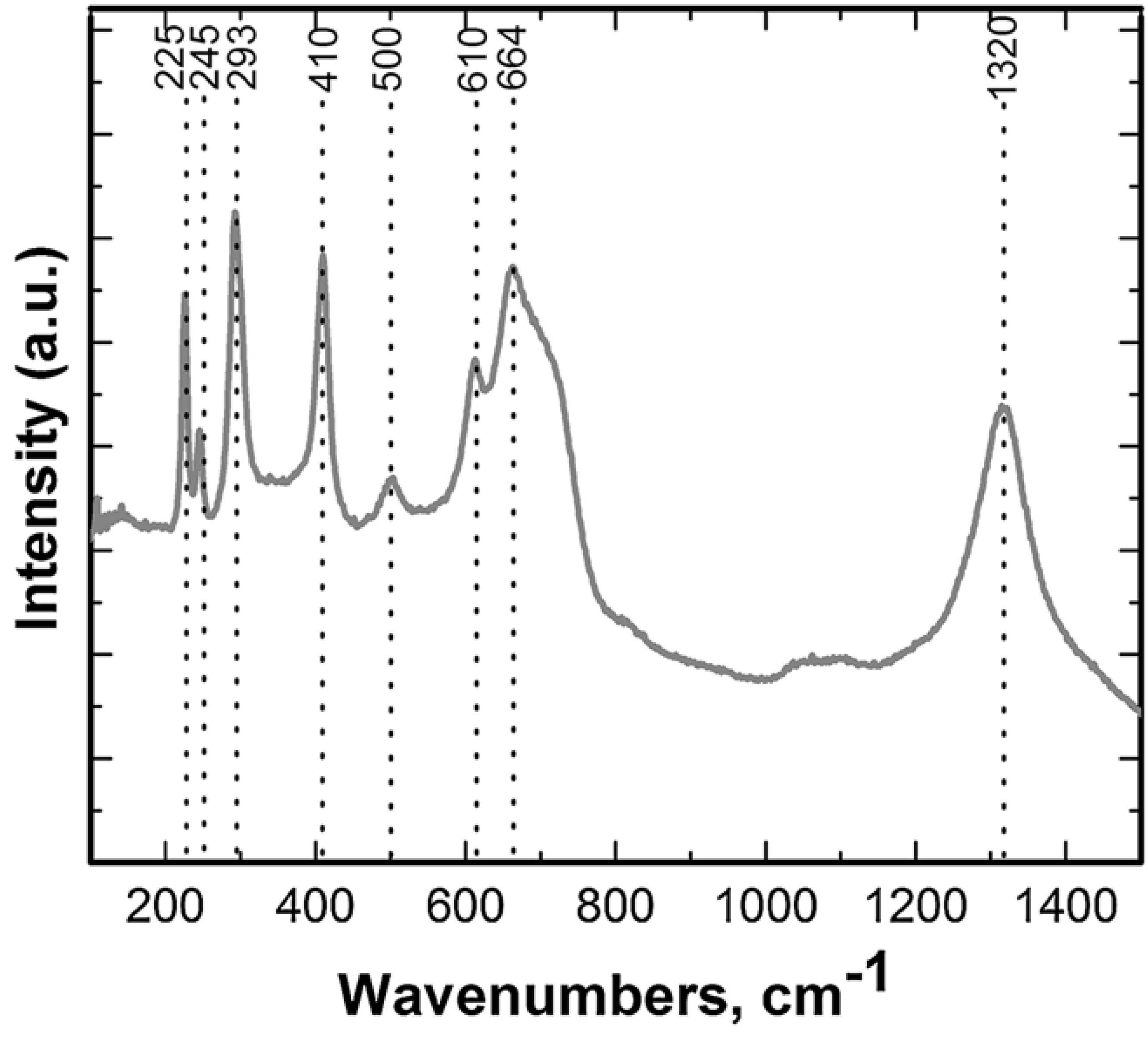Journal of Structural Chemistry. Vol. 58, No. 2, March 2017, pp. 399-405
S. V. Paston, A. M. Polyanichko, O. V. Shulenina
STUDY OF DNA INTERACTIONS WITH Cu2+ AND Mg2+ IONS IN THE PRESENCE OF CAFFEINE
Journal of Structural Chemistry. Vol. 58, No. 2, March 2017, pp. 399-405
DOI: 10.1134/S0022476617020263

A study of caffeine effects on the complexation of the DNA molecule with Cu2+ and Mg2+ ions in solution is presented. DNA binding with cations and caffeine is traced from changes in DNA circular dichroism and UV absorption spectra. The complexation of caffeine with M2+ ions is studied by IR spectroscopy. Caffeine is found to form complexes of different structure with Mg2+ and Cu2+ ions in solution. In the presence of caffeine, DNA solutions with MCl2 show signs of formation of intricate complexes involving nitrogenous bases. In DNA solutions with CuCl2, the presence of caffeine causes additional destabilization of the secondary DNA structure. In DNA solutions with MgCl2, the presence of caffeine leads to the formation of new complexes with the participation of Mg2+, caffeine, and bases without disrupting the secondary DNA structure.
Materials Chemistry and Physics Volume 189, March 2017, Pages 245-251
D.V. Mamonova, I.E. Kolesnikov, A.A. Manshina, M.D. Mikhailov, V.M. Smirnov
Modified Pechini method for the synthesis of weakly-agglomerated nanocrystalline yttrium aluminum garnet (YAG) powders
Materials Chemistry and Physics Volume 189, March 2017, Pages 245-251
DOI: 10.1016/j.matchemphys.2016.12.025

Modification of Pechini method for synthesis of weakly agglomerated yttrium aluminum garnet powder has been presented. Modified synthesis procedure is based on an additional calcination process in KCl melt at 1000 ˚C and allows obtaining weaker agglomeration of nanoparticles. Structure, morphology and particle size have been defined using scanning electron microscopy technique, X-ray diffraction, and static light scattering. Adsorption ability of powders has also been studied. Diffraction patterns of samples confirm existence of only one YAG phase; the average size of particles is about 200 nm. The size of coherent-scattering regions was determined to be 40−50 nm. Steady-state luminescence properties and lifetimes of nanocristalline YAG:Eu3+ powders synthesized by standard and modified Pechini techniques were compared.
Journal of Non-Crystalline Solids Volume 457, February 2017, Pages 164-168
D.V. Pankin, М.V. Sukhanov, Yu.S. Tveryanovich, М.F. Churbanov
Investigation of structure of GeS1.35 glasses with the use of isotopically enriched germanium and Raman scattering spectroscopy
Journal of Non-Crystalline Solids Volume 457, February 2017, Pages 164-168
DOI: 10.1016/j.jnoncrysol.2016.11.038

The samples of GeS1.35 glasses were synthesized with germaniumand sulfur of natural isotopic composition and with isotopically enriched germanium (72Ge, 74Ge, 76Ge). The glasses were investigated by the method of Raman scattering spectroscopy (RSS). It was shown that GeS4/2 tetrahedrons and structural units containing Ge-Ge homobonds are present in glasses. The quantum-mechanical calculation of the frequency of fundamental vibrational modes in glass network was carried out. Their dependencies on the atomic mass of germanium were used for identification of bands in RS (Raman scattering) spectra.
Journal of Luminescence Volume 182, February 2017, Pages 45-48
Nikolay Vasilyev, B.V. Novikov, I.Kh. Akopyan, M.E. Labzovskaya
ZnO-based random lasing on nanoparticles realized by laser induced breakdown
Journal of Luminescence Volume 182, February 2017, Pages 45-48
DOI: 10.1016/j.jlumin.2016.10.012

A simple laser-assisted method to transform metallic Zn to a ZnO-based random lasing medium is reported. The method uses Nd+3 laser-induced air breakdown to treat the surface of a Zn target and thus produce ZnO nanoparticles randomly scattered over the broken area. Photoluminescence spectra of some places of the area at room temperature under resonant powerful photoexcitation exhibit the emission band at 395 nm with regularly spacing narrow spikes (<1nm) which is typical of multi-mode lasing. The band is suggested to be originated from electron-hole plasma arising at high excitation in ZnO-based structures. The micro lasers revealed are possibly composed of ZnO nanoparticles scattered in chains inside self-made random resonators, with Zn flinders being mirrors.
Optical and Quantum Electronics Volume 49, No. 2, February 2017, Article 56, Pages 1-7
E. I. Ageev, Y. M. Andreeva, P. N. Brunkov, Y. Y. Karlagina, G. V. Odintsova, D. V. Pankin, S. I. Pavlov, V. V. Romanov, R. M. Yatsuk
Influence of light incident angle on reflectance spectra of metals processed by color laser marking technology
Optical and Quantum Electronics Volume 49, No. 2, February 2017, Article 56, Pages 1-7
DOI: 10.1007/s11082-016-0876-4

A comparison of oxide films formed on the stainless steel surface during laser and furnace heating is presented. Obtained samples were examined by optical and scanning electron microscopy. In order to characterize the optical properties, reflection spectra within the wavelength range 190–900 nm were measured with a spectrophotometer equipped with the integrating sphere for incidence angles from 0˚ to 60˚. The topology of obtained oxide films was characterized by scanning probe microscopy. Due to light interference in produced films, the coloration of treated area is observed. It was found that there is no change in the characteristic appearance of reflectance spectra at different light incidence angles, but a blue-shift occurs especially for the case of laser-induced films, which results in a visible change of surface color. This effect is associated with an interference character of originating color and features of surface relief under an oxide film.

